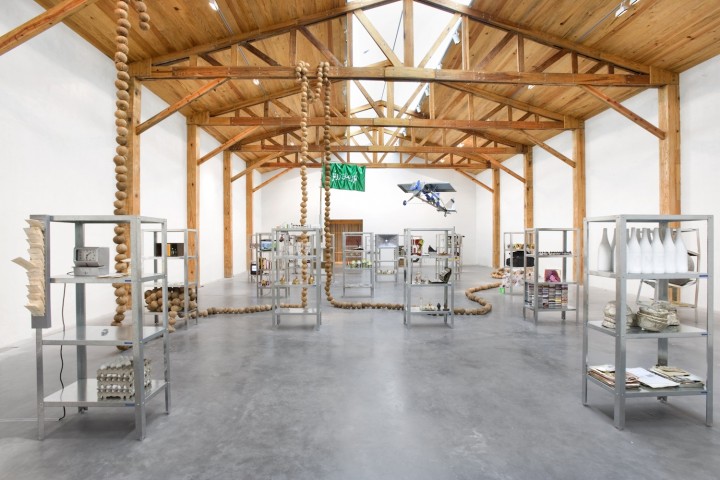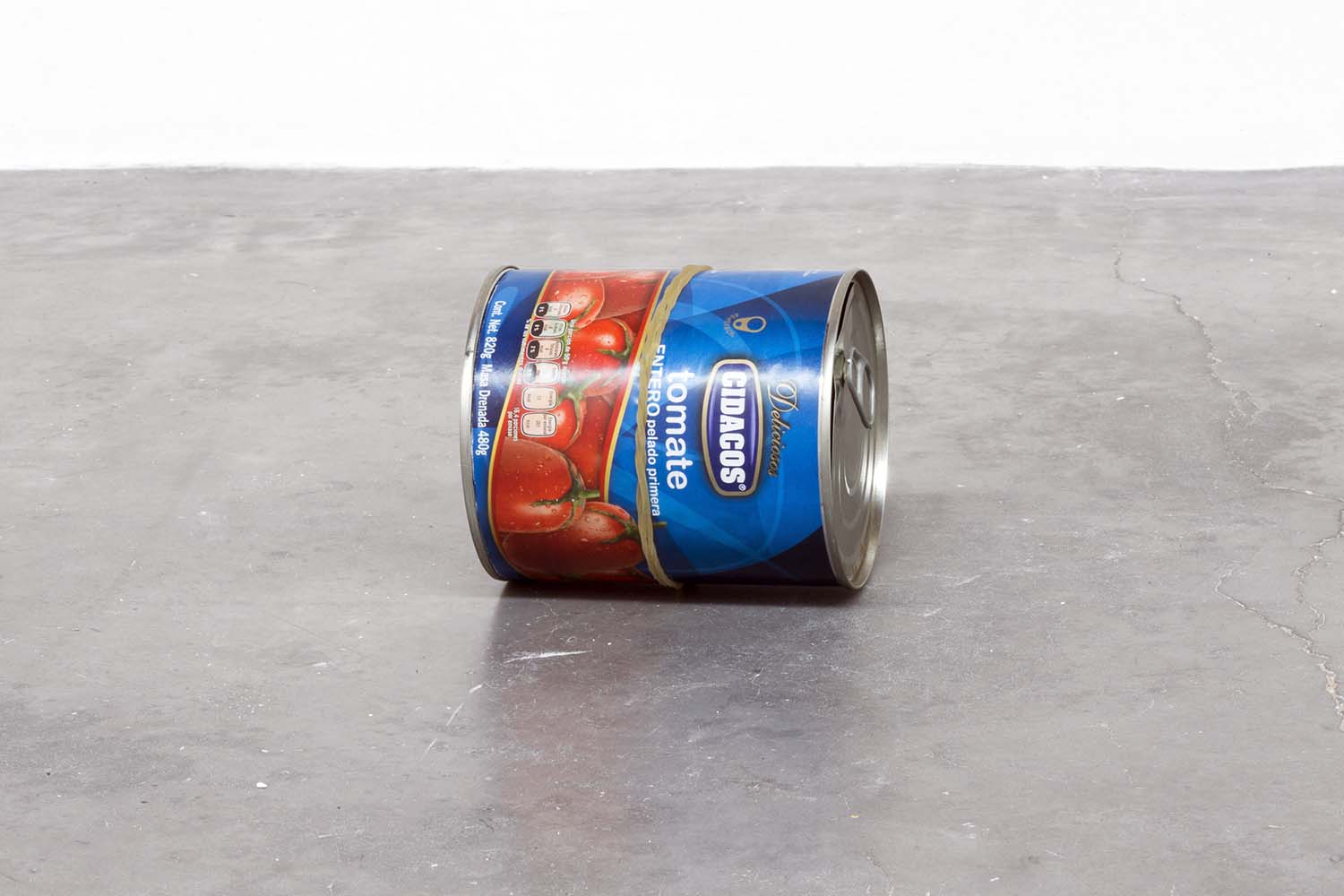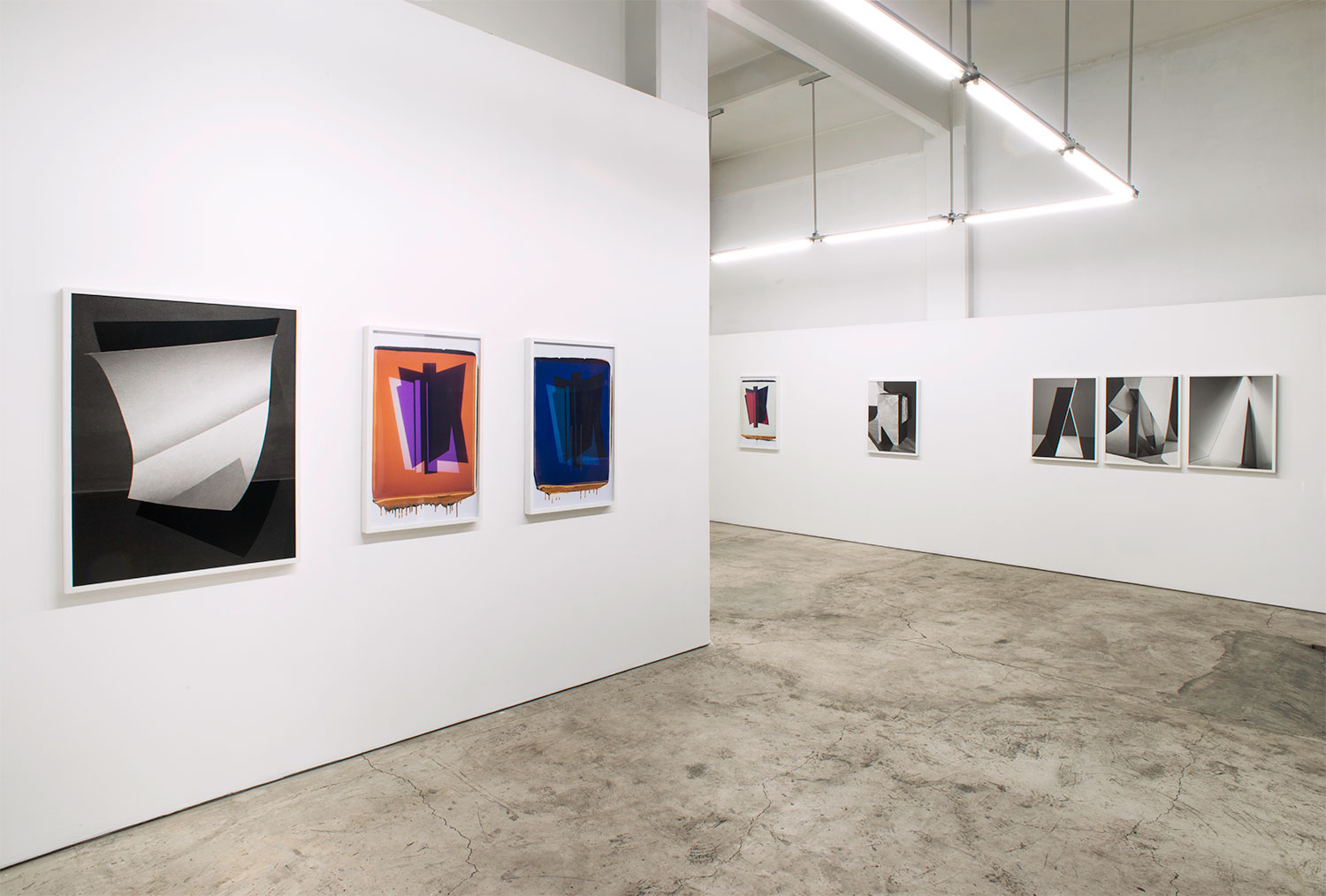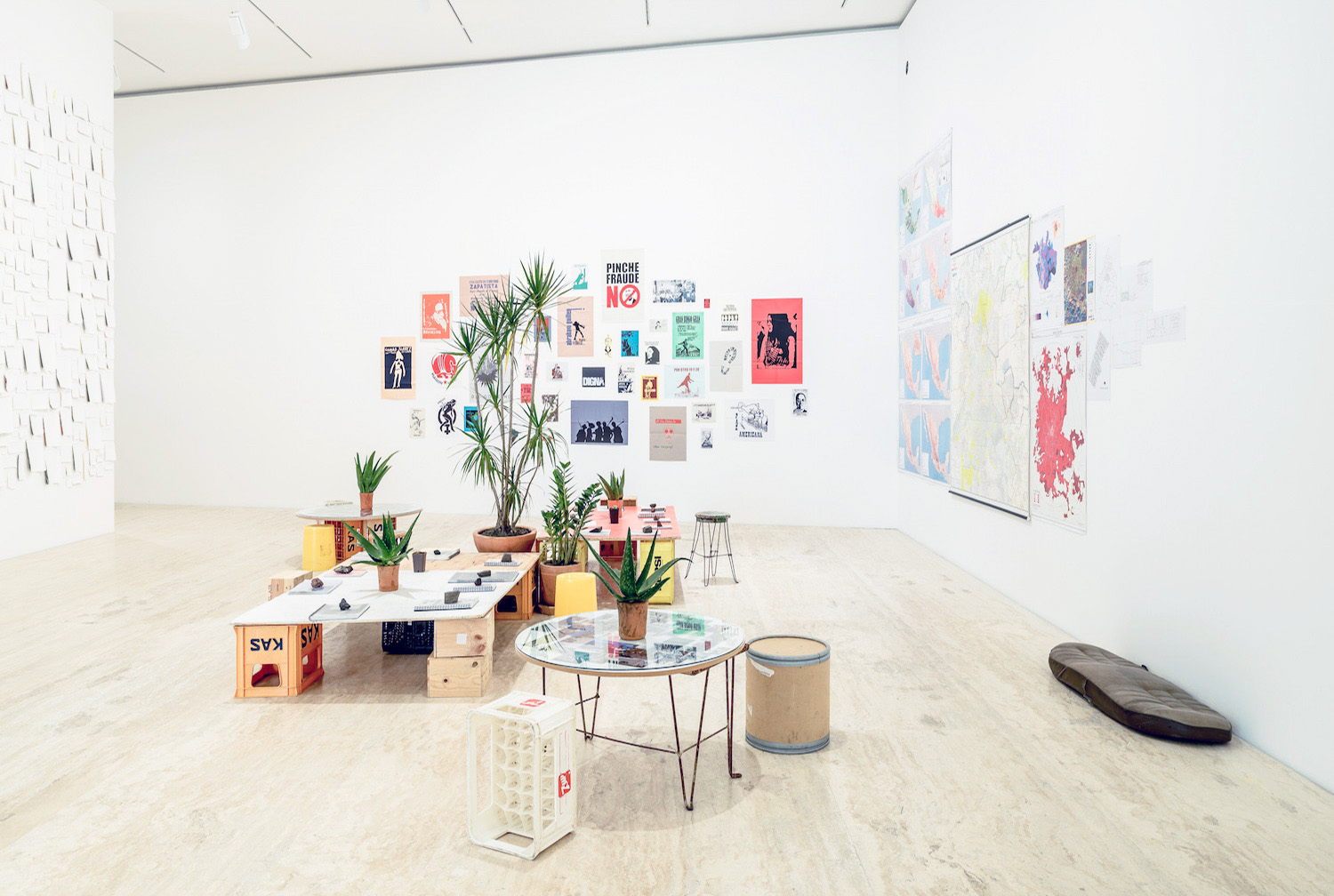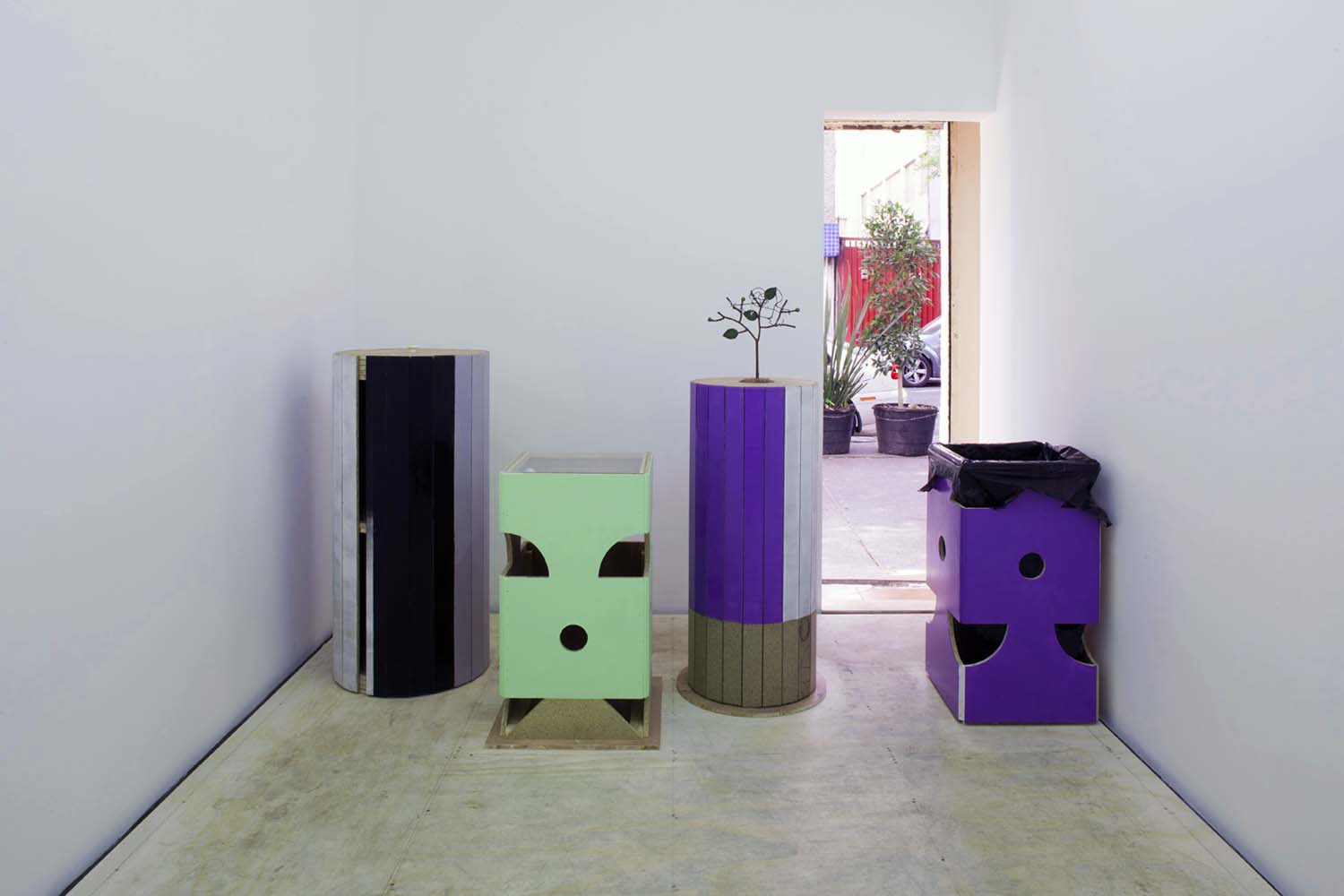Mónica Manzutto and José Kuri opened their gallery together over fifteen years ago. Today kurimanzutto has become one of Mexico’s foremost galleries. The owners recount how the gallery has grown “in a very natural way.”
What was the context when you opened?
José Kuri: We opened the gallery in the summer of 1999. At the time there were only a few galleries in Mexico and not a contemporary art market the way we know it today — it was uncharted territory. It would have been unthinkable to transport a New York or a Paris gallery to Mexico City because it would not have worked, there was no infrastructure for it.
We were lucky that the artists gave us so many ideas about what form the gallery should take. It was a great experience to have Gabriel Orozco coaching us, giving us the fundamentals for the project. He had already been working for eight or nine years at an international level with galleries worldwide, so he could share with us their inner workings and the knowledge about how to run a gallery.
We realized we didn’t need a space, but needed to see what was happening outside, to engage with whatever was going on in the streets. We also had no money for a space, so we were always meeting in cantinas and bars, or at home, drinking and thinking how we could make this happen and what our next step should be.
Mónica Manzutto: Gabriel Orozco came up with the idea of representing the artists without a fixed space and taking over different places for short periods of time. The first show we did, “Economía de Mercado,” took place in an indoor market, and the whole exhibition lasted less than 24 hours! We showed works by a very specific generation of Mexican artists that included Abraham Cruzvillegas, Damián Ortega, Daniel Guzmán and Gabriel Kuri. We also invited a younger generation of artists who were already working in a collaborative way, self-organizing exhibitions and developing their careers, such as Minerva Cuevas, Fernando Ortega and Jonathan Hernández. Rirkrit Tiravanija also participated in that first exhibition.
We had virtually no budget; all we had was the energy of the artists, but that was plenty. During the first two years of the gallery, all the shows were the product of a collective effort: we would meet up and someone always had an idea. Our exhibition spaces ranged from a parking lot to an amusement park, the airport and our apartment.
JK: The first couple of years we focused on developing the artists’ careers and the art market. There was no market at all for these artists. We had to travel a lot and act as ambassadors. We needed our artists to be present at an international level to develop their careers. One tends to forget that it was just the dawn of electronic communication. E-mails were just starting, and we only had one e-mail address to represent all the artists!
It’s always a problem for an institution, a magazine or a gallery to evolve when it starts from a group of people. How did you evolve?
MM: I think it is important to learn from and through others, to revisit things as seen by those around you. In the end it all comes down to expanding your knowledge and understanding of ideas. You evolve in so far as you immerse yourself in an artist’s work, and their perspective allows you to see things differently. An artist’s practice becomes a kind of instrument with which you can understand reality from a different point of view, take it apart and apprehend it in a more critical, in-depth way.
JK: We have also grown by following the recommendations of the artists.
MM: They are the ones who have pointed us toward most of the new artists we work with today, who have said: did you see Monika Sosnowska’s work? Or, did you hear about Alexandra Bachzetsis’s latest performance piece? Or, did you go to Tarek Atoui’s concert? And so on. We have never really worked with curators in the gallery — we only did the “Panamericana” show with Jens Hoffmann in 2010. From that experience we started working with this younger generation of Latin American artists, such as Adrián Villar Rojas, Gabriel Sierra and Wilfredo Prieto. You could say that the gallery has grown in a very natural way, listening to what the artists find exciting and worth looking into.
JK: With time we started having a better understanding of things, with travel and communication. Once the gallery became a bit more established, we started thinking of working with artists abroad. The community grew bigger — we now work with thirty-one artists, double the number we started with, and roughly half of them are international.
MM: We also decided to work only with artists who stood to gain a lot from being in Mexico. We wanted to be sure we would give them something back. A gallery should be much more than just a brand name, representation, money or a spot in an art fair booth. We try to create an experimental situation for artists, to drive them outside of their comfort zone and push them in new directions. That’s exactly what happened with Sarah Lucas, for example. When she came over she worked the whole time in Oaxaca. There she discovered the clay bricks that she then used instead of pedestals to show her sculptures.
Every single artist that you’ve worked with has a subtle way of critiquing the world in which we live. Danh Vo, for example, is a very political artist…
MM: Yes, you could say the same about Akram Zaatari, Roman Ondák or Abraham Cruzvillegas: they all question daily life and the world that surrounds us. They are all raise similar issues, although they each come from radically different latitudes.
JK: Yes, with Danh for example, we share a similar colonial past. Roman, although he comes from Eastern Europe, is still talking the same language as Abraham. They are talking about the scarcity of resources that permeates everyday reality for a vast majority of people today.
Mexican intellectual and political life has been an important part of your work. Now Mexico has changed. How do you engage with political communities?
JK: It has changed a lot and we have changed a lot. Obviously it was very different when we were completely unknown and had very few resources at hand. It was hard to see how we could change things. Now we have this responsibility and that makes it a little difficult, but there are still many spaces waiting to be activated, many ways to make a statement.

